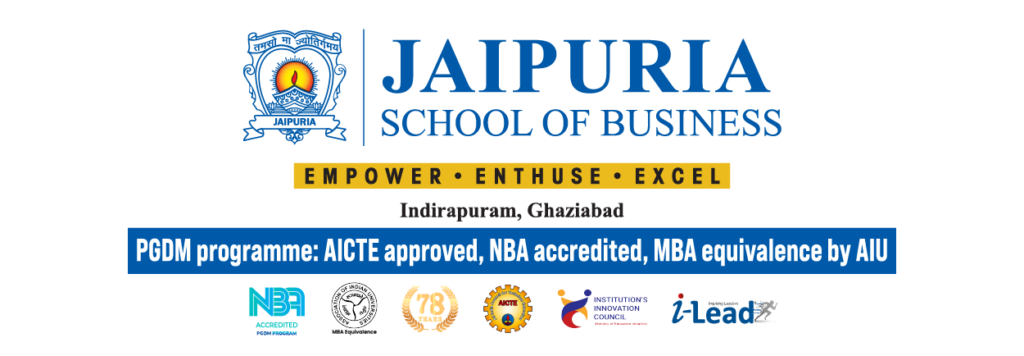Workforce ecosystem is the structure focusing on the value creation for the organization. This ecosystem comprises of players within and beyond the organization to achieve the common goals, including interdependencies and complementarities among the players. The challenges confronted by the workforce ecosystem by deliberately leading and coordinating is called as Orchestrating workforce ecosystem. COVID 19 has led to the paradigm shift worker’s preference and the nature of the work.
Orchestrating the workforce ecosystem is a multidimensional activity involving integration of various business functions. There is total turnaround of the companies, emphasising and implementing management practices to access. Engage and develop the workforce. The entire ecosystem is changing the leadership style as well. The leaders need to be more contributing and less controlling. The graph of gig workforce is showing upward trends and in few companies gig task force comprises of 30-40% and even they are relying on 3rd party for most of their essential services.
Organizations are deliberately orchestrating their workforce ecosystem. These organizations have common attributes that are far more likely than other organizations to:
- Meticulously synchronise cross- functional management of internal and external taskforce.
- Employ and engage internal and external talented workforce
- Cooperate and support management pursuing to hire external workforce.
- Leadership skills to deploy internal and external workforce.
- Aligning the workforce approach to business strategy.
Leaders who considers their workforce as a value adding structure of the ecosystem have different orientation towards their taskforce as compared to those who considers their taskforce as common hired employees.
Jeroen Wels, executive vice president, human resources, of British multinational consumer goods company Unilever, assesses that the outer core of Unilever’s workforce; people, third parties, and agencies numbers around 3 million. He realises that “you have responsibility for the inner and the outer cores. If you want to build more fluidity, you need to understand where those people sit and how they work with you”.
MetLife, a Fortune 500 company’s CHRO, Susan Podlogar is facing the managing the multitasking workforce ecosystem. The major concern raised is “How do you make sure they’re connected to your company’s purpose? People have a choice, and we want to make this experience the best one. We make sure we have the right trust, support, and development for them. It’s a challenge and an opportunity.”
Lion, a Japanese manufacturer, has come up with the unique work culture in which it is encouraging the employees to spend time outside the company. This program not only boost the motivation level of employees but also give them a clear insight as what difference it makes to be an employee of Lion. General leader of Lion’s Human Resources Development Center, Daidoji Yoshihisa, elucidates, “We still have progress to make, but we’re eager to expand side jobs in the future for our businesses.”
Looking up to how companies like Unilever, Metlife, Lion and many more are changing the way they look at their taskforce makes it obvious that orchestrating workforce require a complete new set of management outlook, leadership style practices and policies. A shift from controlling and managing workforce to orchestrating workforce requires leaders to have a completely transformed perspective which not only changing how the work should be accomplished but also alteration in the behaviour accordingly.
Dave Ulrich Rensis Likert, Professor at Ross School of Business at the University of Michigan and cofounder and principal of HR Consulting Firm; The RBL Group says “You’ve got to build work systems for people, whether they’re full time, part time, or outside. You still need to think about positive performance management with accountability for both results and processes.” Therefore, the leaders of the organizations need to define the ways to structure relationships within functions to manage the interconnected complex system. Orchestrating the workforce system can to sustainability in achieving organizational strategic goals. Orchestrating workforce ecosystem is to propel organizations future.
Many organizational functions share responsibility for orchestrating workforce ecosystems. Leaders need to decide how to structure relationships among these functions to effectively manage these interconnected, complex systems. Some of these functions, like procurement and legal, may require special effort to be included in, or integrated into, the workforce ecosystem orchestration process. Intentionally leading and managing workforce ecosystems can improve how organizations achieve their strategic goals, now and in the future. To orchestrate a workforce ecosystem is to take the reins of your organization’s future.
About the Author

Assistant Professor – OB & HR Profile
Jaipuria School of Business, Indirapuram, Ghaziabad

